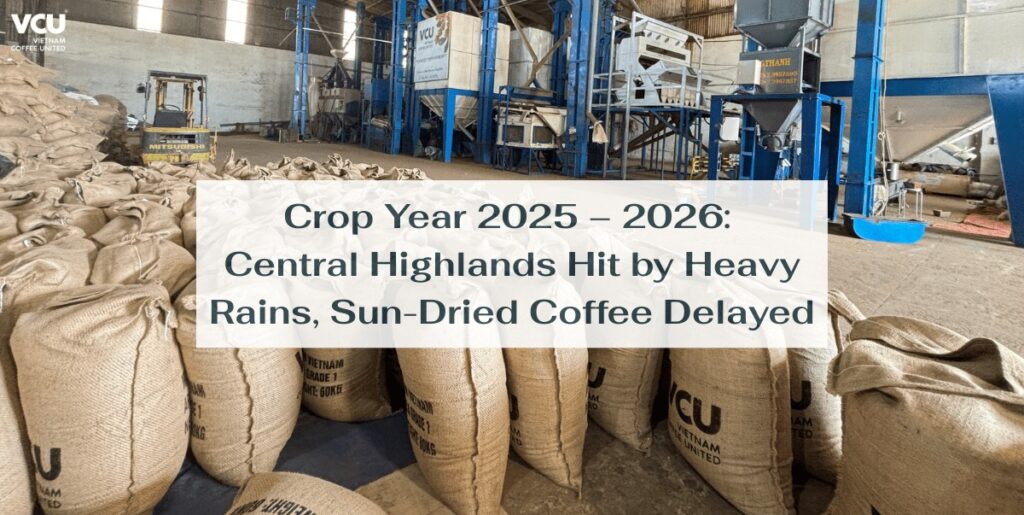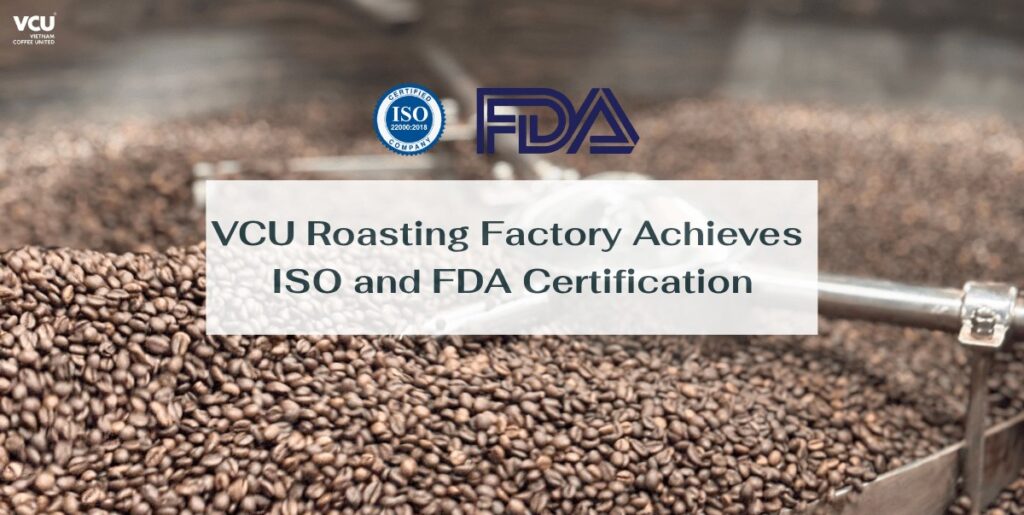Coffee Roasting Levels
Roasting coffee properly unlocks a world of diverse and unique flavors. The roasting process causes the coffee beans to undergo both physical and chemical transformations. In this article, we will delve into the basics of coffee roasting levels and the key to achieving the perfect flavor.
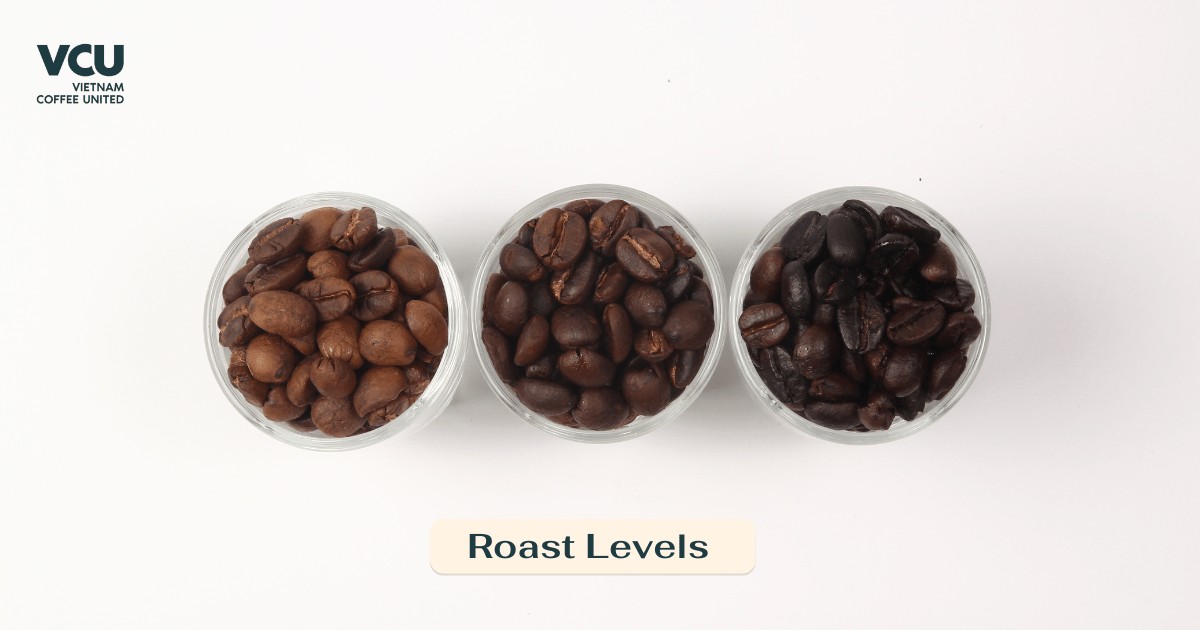
Basic Theory
Initially, green coffee beans have almost no distinctive aroma. If you smell them closely, you may notice a faint scent of fresh grass. It is only when heat is applied that the true flavors and aromas begin to emerge. During roasting, specific physical and chemical changes occur, allowing the beans to develop their full potential and flavors, which can then be enjoyed in the final brewed coffee.
As the roasting process progresses, the beans undergo changes in color, expand in structure, lose weight, and develop flavor complexity. When heated, the beans gradually transform from green to yellow, then brown, dark brown, and eventually black, the longer they are roasted.
Alongside the color change, oils are released from the beans. The darker the roast, the more oils appear on the surface.
There are four common levels of coffee roasting: Light Roast, Medium Roast, Medium-Dark Roast, and Dark Roast.
Common Coffee Roasting Levels
Light Roast
Light Roast, also known as “Cinnamon Roast,” refers to the light color of the beans, which resembles cinnamon bark. However, this term only refers to the color, not the flavor or aroma of cinnamon. Light Roast is a very light roasting level, with the process ending just after the first crack, which occurs at a temperature between 195°C and 205°C.
At the Light Roast level, the coffee retains a high acidity and a light body. The flavors are not fully developed but are still diverse and vibrant. Light Roast coffee often features bright, fresh flavors with notes of grass or floral aromas and little to no bitterness. This level preserves the bean’s original qualities, without significant alteration from the roasting process.
Light Roast is popular in Northern Europe and is becoming more favored in the third wave of coffee culture.
Read more: First Crack – The First Pop in Coffee Roasting
Medium Roast
Medium Roast occurs in the broad range between the first and second cracks of the beans. At this stage, a small amount of oil starts to appear on the bean’s surface. The process of sugar caramelization intensifies, which reduces the acidity of the coffee, resulting in a perfect balance of acidity, sweetness, and bitterness. The body of the coffee is moderate.
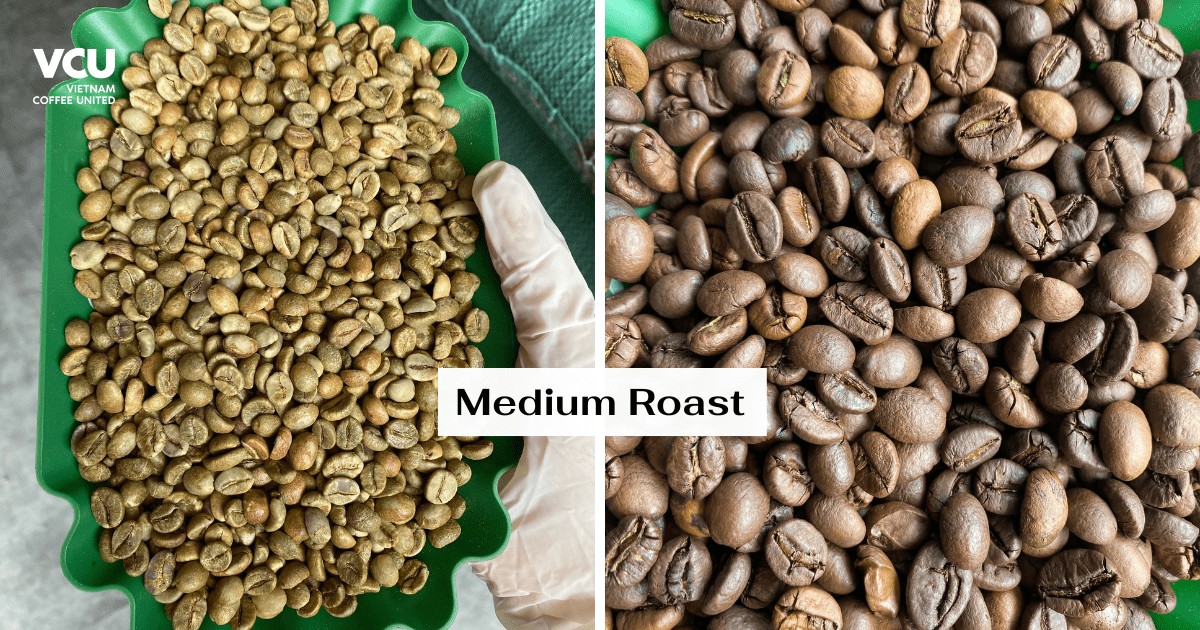
This roasting level is characterized by flavors of ripe fruits or chocolate, offering a pleasant and well-rounded profile.
Medium-Dark Roast
At the Medium-Dark Roast level, the coffee beans experience the second crack, and the surface oiling increases significantly. This roast occurs at temperatures between 205°C and 232°C. Coffee roasted at this level has a pronounced bitterness, a fuller body, and significantly reduced acidity and sweetness, replaced by rich caramel and toasted flavors.
Medium-Dark Roast is ideal for those who prefer stronger and more intense coffee flavors.
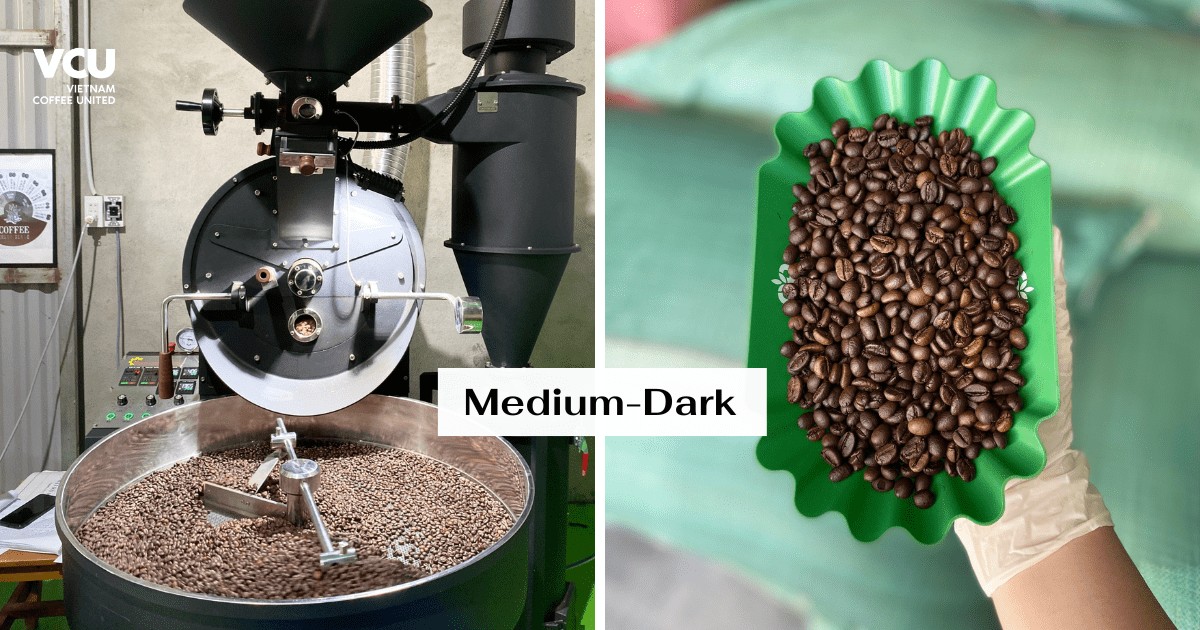
Dark Roast
The final stage in coffee roasting levels is Dark Roast. Dark Roast is achieved at temperatures ranging from 230°C to 240°C, during which the second crack occurs and lasts for 30–60 seconds. At this roasting level, the oil content on the beans increases considerably, the body becomes slightly thinner, and the color changes to almost black. Once the caramelization process ends, the beans may develop a charred or burnt flavor.
Dark Roast coffee has a high level of bitterness, often accompanied by smoky, carbon, or tobacco-like notes. At this point, most of the sweetness and acidity have diminished, but the body becomes fuller and richer. Dark Roast is commonly used in traditional phin-style Vietnamese coffee brewing.
Things to Note
Coffee Roasting Levels: Based on the quality of green coffee beans, personal taste preferences, and desired post-roasting flavor, you can choose an appropriate roasting level to fully bring out the flavors of the coffee beans.
Temperature Control: Depending on the processing method, bean density, moisture content, growing region, etc., you should start with an appropriate charge temperature and adjust the heat transfer for the coffee beans accordingly.
Roasting Time: Robusta coffee typically requires a longer roasting time compared to Arabica. Roasters must also manage the roasting duration to ensure the coffee develops its optimal flavor.
Cooling Process: Once the beans have reached the desired flavor profile, they should be cooled quickly (within a maximum of 5 minutes). This helps preserve the flavors and prevents further development, which could lead to undesirable and inconsistent tastes.
Additionally, mastering the roasting technique and controlling the roaster and temperature are crucial for achieving the best results.
Read more:
This article provides an overview of the basic coffee roasting levels. VCU welcomes your feedback and contributions.
If you’re in search of a reliable, high-quality, and consistent coffee supplier directly from the source, contact VCU today!
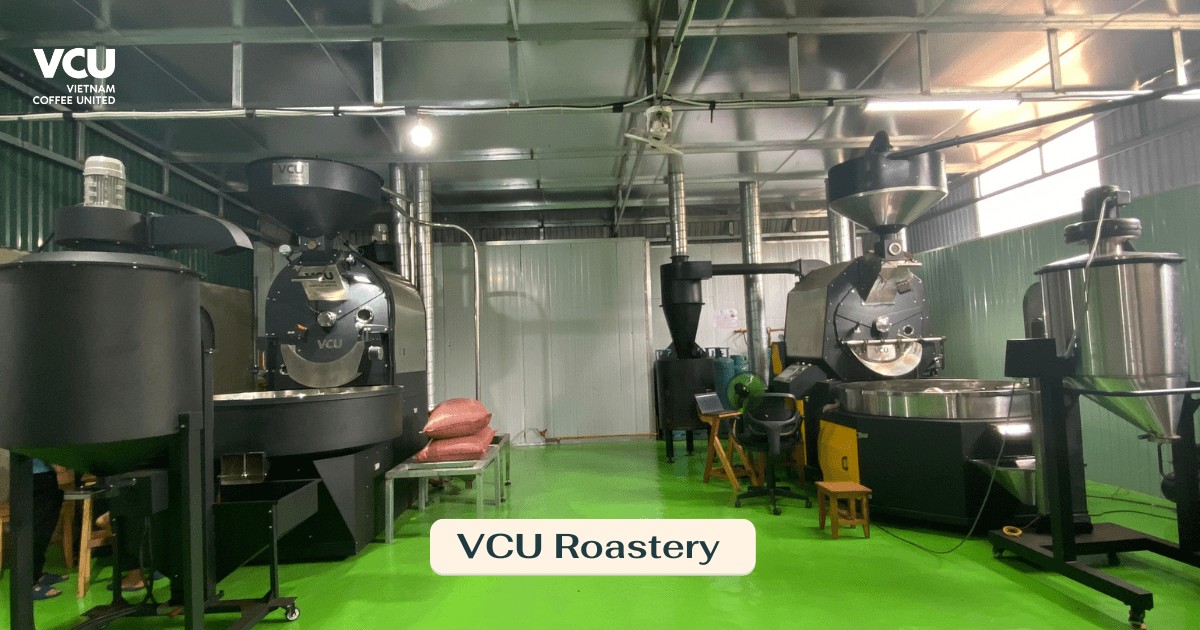
Contact Information
VCU Joint Stock Company (VCU JSC)
Address:
– Roasting Facility: Residential Group 6, Chu Prong Town, Chu Prong District, Gia Lai Province
– Green Bean Facility: Ia Der Commune, Ia Grai District, Gia Lai Province
– Hotline: +84 941 203 879
– Fanpage: VCU – Vietnam Coffee United
– Email: info@vietnamcoffeeunited.com

